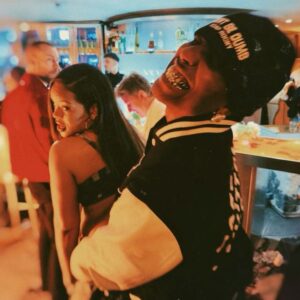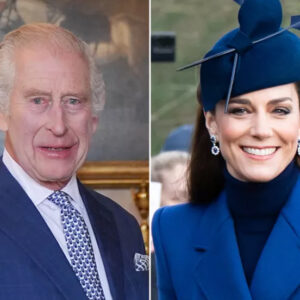Despite her busy programme of engagements and duties as Head of State, The Queen managed to maintain hobbies and interests away from her official work.
Horses
The Queen’s first pony was given to her by her grandfather King George V – a Shetland called Peggy, marking the beginning of a lifelong love of horses.
Her Majesty became hugely knowledgeable as a rider, owner and breeder of horses and her passion for them was evident at the race meetings she attended publicly, which regularly included the Derby at Epsom and Royal Ascot, a Royal occasion since 1711.

An insightful and successful owner, Her Majesty often watched her own horses run, and witnessed some notable wins. On 18 June 1954 her horse Landau won the Rous Memorial Stakes and a stallion called Aureole won the Hardwicke Stakes. In 1957 The Queen had four winners during Ascot week and she became the first reigning monarch to have won Royal Ascot’s Gold Cup with her thoroughbred Estimate in 2013. Her horse Highclere famously won the Prix de Diane at Chantilly in 1975.

The Queen was involved in ensuring the survival of a number of rare breeds of horses and ponies through the breeding programmes in both her private yards and the working yards which produced horses used for Royal and State occasions. Breeds which Her Majesty championed included Highland ponies, Fell ponies and Cleveland Bays.
Dogs
For her eighteenth birthday, The Queen was given a Corgi named Susan from whom numerous successive dogs were bred. Some Corgis were crossed with dachsunds (most notably Pipkin, who belonged to Princess Margaret) to create ‘Dorgis’, and Her Majesty has owned Corgis and Dorgis ever since.
Her Majesty owned more than 30 Corgis and Dorgis during her lifetime.
Other interests
The Queen enjoyed outdoor life. As well as riding well into her 90s, she also took great pleasure walking in the countryside and spending time with her dogs.

The Queen and The Duke of Edinburgh both loved Scottish country dancing. Each year, during her stay at Balmoral Castle, Her Majesty hosted the annual dances known as Ghillies’ Balls, for neighbours, estate and Castle staff and members of the local community.
Relative Articles
None found





